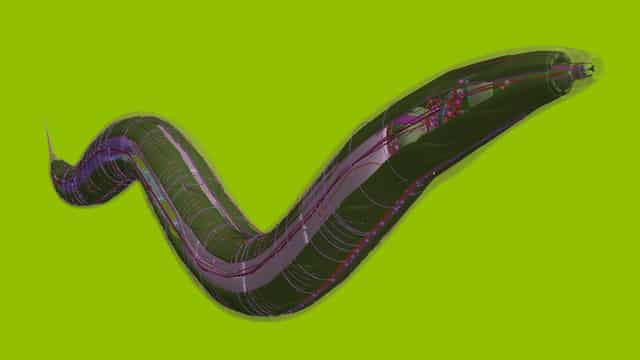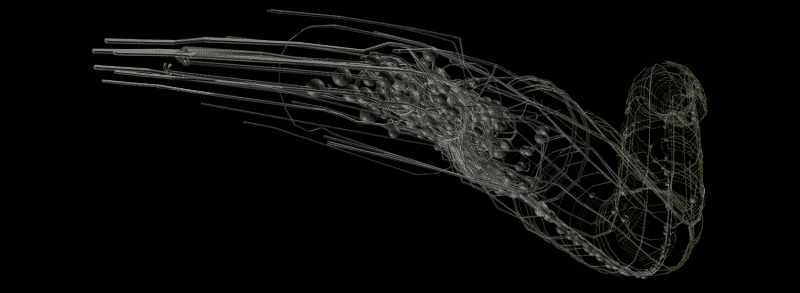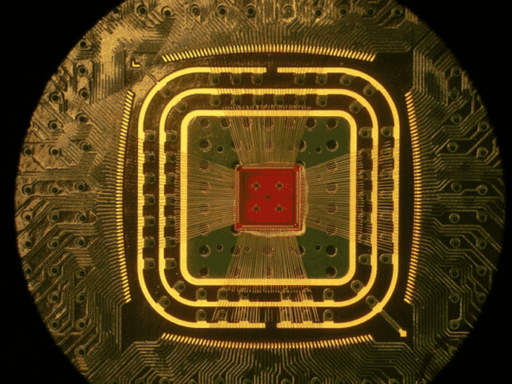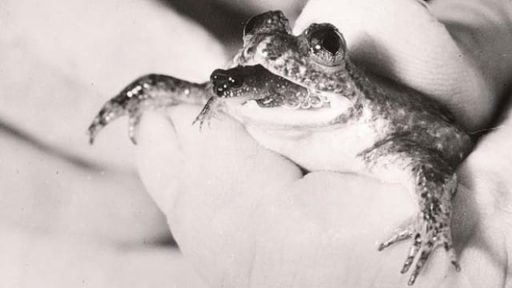Ever imagined that one day there will be open source attempt to construct an artificial life form from the cellular level to the point where it’ll able to have basic problem-solving abilities? May be you didn’t, but the OpenWorm Project did. The OpenWorm Project has created an artificial worm which started wriggling after creating basic elements of that worm virtually and using computer code.
The OpenWorm project brought together scientists and programmers from around the world in order to entirely recreate the structure and behavior of Caenorhabditis elegans inside a machine. The 1 mm worm usually lives in warm soil. However, this worm is the very first multi-cellular organism to have its whole genome completely sequenced.
Therefore, scientists as well as programmers nominated this creature as a “perfect candidate” for the project because it exhibits relatively advanced behavior such as finding a mate and avoiding predators despite being composed of just 1,000 cells.

Researchers created all the basic elements of this creature from top to bottom to create a virtual worm via a software. They simulated all the cells one-by-one, along with neuron links between them, inside a new simulation environment called Geppetto.
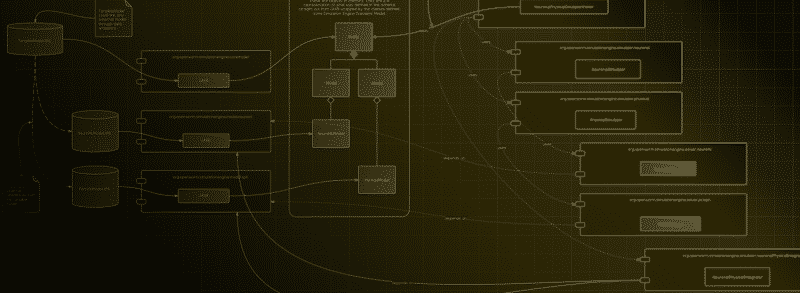
Researchers hoped that they’ll be able to create an artificial worm successfully and its behavior will be same as real life Caenorhabditis elegans worm, but they were not sure, whether their method will work or not. Interestingly, surprising all, the method worked and artificial worm started writhing in the same way and at the same speed as the real roundworms do, and thus made a breakthrough. See the video.
All of the code, data and models produced by the project have been released under the MIT open source licence and publicly available. For more details, hit the link below.
Source: OpenWorm
Thanks To: Gizmag
[ttjad keyword=”sprint-contract-phone”]

